Chess Tutorial By Jon Audi Alexopoulos
Good day, for those who doesn’t know chess I will give you a brief history about it as well as each piece played in chess.
Chess History
Chess has a long and storied history . The game has changed quite a bit from its earliest forms in India. The modern iteration we enjoy today wasn’t known until the 16th century. There were no clocks, and the pieces were not standardized until the 19th century.
The official world championship title came into existence by the late 19th century, shortly after the first big tournaments were held and multiple styles of play had begun to fully develop. Although the first book on openings was published as early as 1843, theory as we know it didn’t truly evolve until the early/mid 20th century. Computer engines and databases didn’t come into play until the very late 20th century.
Chess, as we know it today, was born out of the Indian game chaturanga before the 600s AD. The game spread throughout Asia and Europe over the coming centuries, and eventually evolved into what we know as chess around the 16th century. One of the first masters of the game was a Spanish priest named Ruy Lopez. Although he didn’t invent the opening named after him, he analyzed it in a book he published in 1561.
Chess Pieces
1. King

The “King” is a slow piece that can move only one step in every direction – forward, backward, to the sides or diagonally. It can capture any enemy piece or pawn except for the opposing king, but only if the piece is not defended by any other piece.
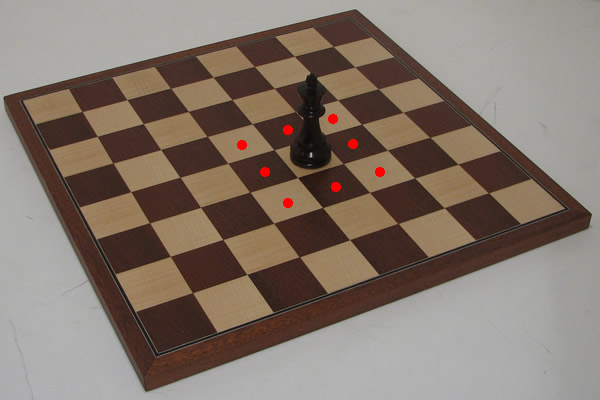
2. Queen

The “Queen” can move in any direction like a king (but the queen is not limited to a single square). The queen can move the same way a rook can, moving freely up and down on any file and left and right on any rank. The queen can move like a rook. The queen can also move freely on any diagonal like a bishop.
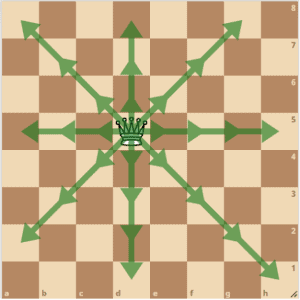
3. Rook
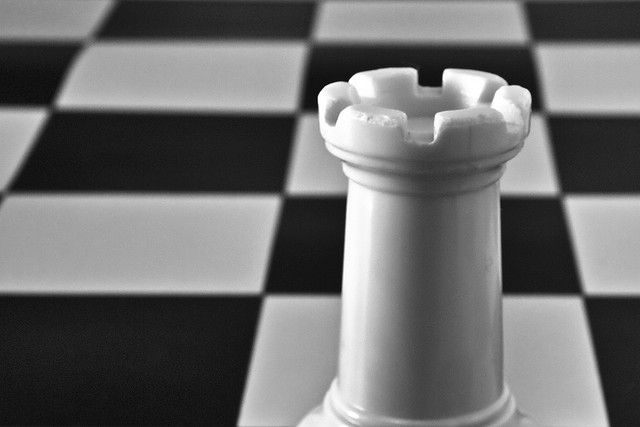
The “rook” moves horizontally or vertically, through any number of unoccupied squares . The rook cannot jump over pieces. As with captures by other pieces apart from en passant, the rook captures by occupying the square on which the enemy piece stands.
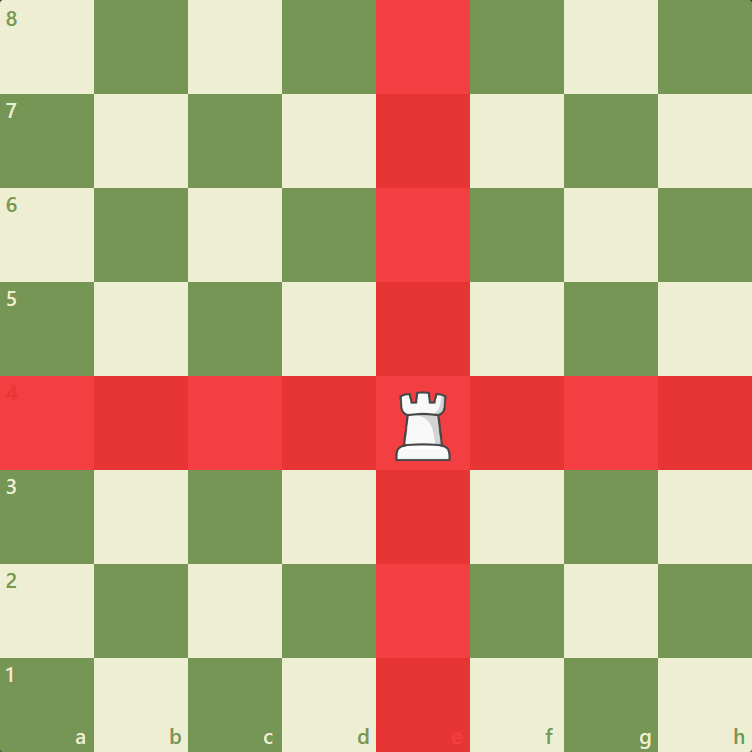
4. Bishop

The “Bishop” chess piece moves in any direction diagonally. … Bishops capture opposing pieces by landing on the square occupied by an enemy piece. Bishops that begin on the light squares may only move on light squares, and bishops that begin on black squares can only travel on dark colored squares.
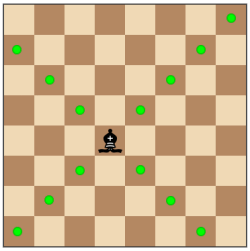
5. Horse
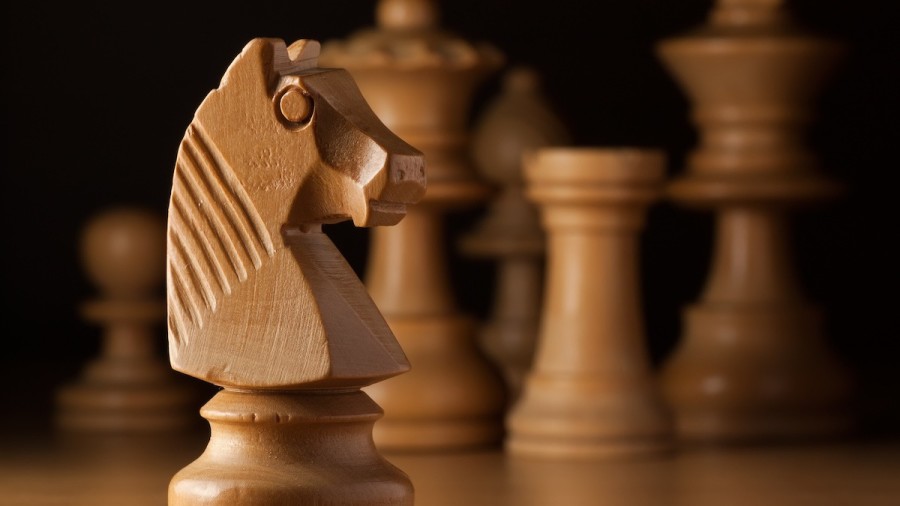
The “Horse” moves up or down one square vertically and over two squares horizontally OR up or down two squares vertically and over one square horizontally. This movement can be remembered as an “L-shape” because it looks like a capital “L”.
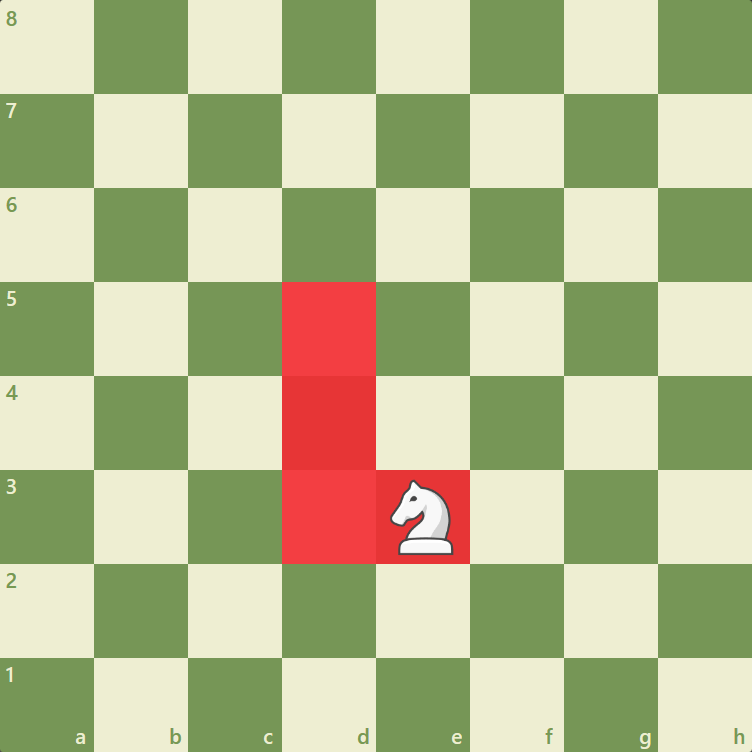
6. Pawn

The “Pawn’s” first move rules state each pawn has the option to move forward one space or two spaces. After this move, they can only move one space forward. … If the Pawn reaches the opposite side of the chessboard, it has the unique ability to promote to another piece. The pawn can become a Queen, Bishop, Rook, or Knight. The Pawn moves directly forward, never backward or to the side. Pawns capture a piece that is one square diagonally forward. Though Pawns normally cannot move diagonally, this is the only way they capture.
